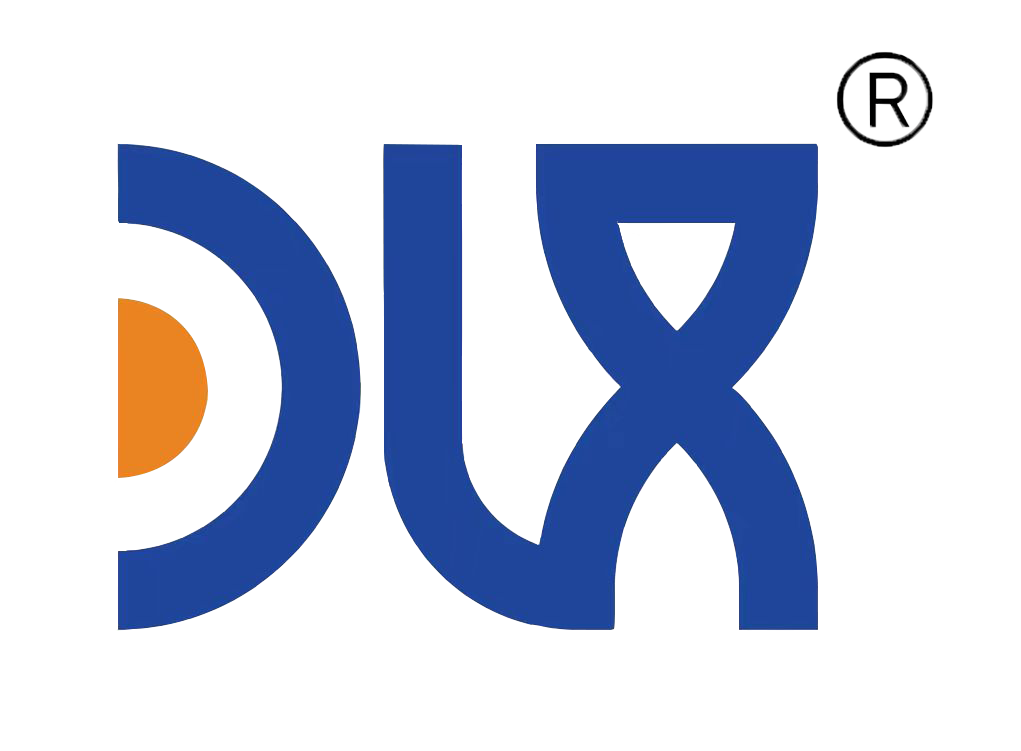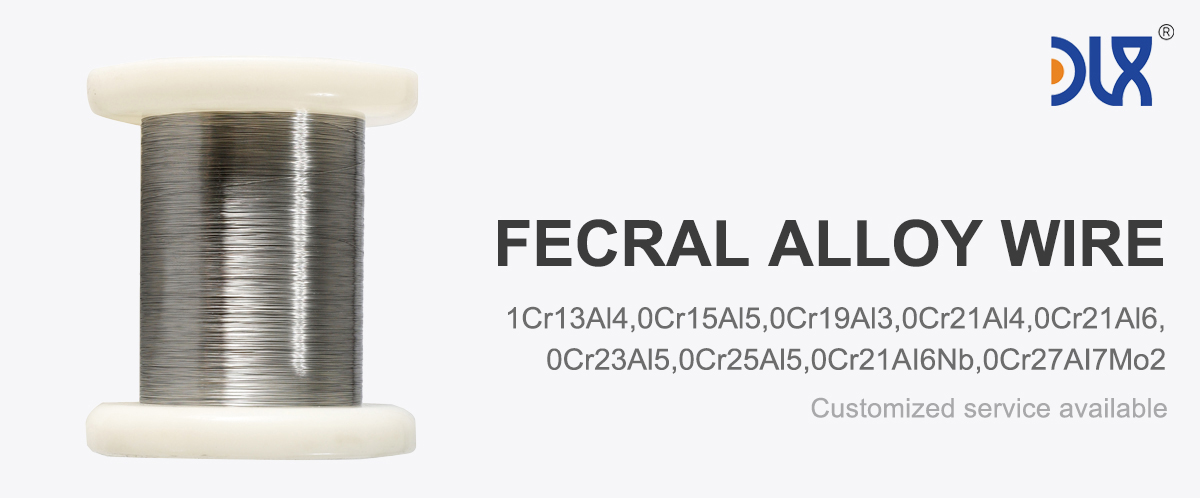
1Cr13Al4 alloy resistance wire has become one of the most widely used materials in both household and industrial heating applications. This alloy, a member of the FeCrAl family, is engineered to combine durability, high-temperature stability, and oxidation resistance. With its balance of performance and cost efficiency, it has gained strong acceptance across different industries.
At DLX, we specialize in delivering high-quality 1Cr13Al4 alloy resistance wire that complies with international standards. Our focus is not only on providing material, but also on offering tailored solutions that help our clients design efficient and reliable heating systems.
For more details, pls directly contact us
The 1Cr13Al4 alloy is composed of iron, chromium, and aluminum. The chromium improves corrosion and oxidation resistance, while aluminum ensures the formation of a protective oxide layer when exposed to high temperatures. This self-forming barrier protects the surface from degradation, extending service life and enabling stable long-term performance.
The wire is available in a variety of diameters and formats, including coils, spools, and cut lengths, making it suitable for diverse production processes. Its resistivity, combined with its relatively lower density compared to nickel-chromium wires, gives engineers greater flexibility when designing heating elements.
|
Alloy Nomenclature Performance |
0Cr21Al6 |
0Cr21Al4 |
0Cr21Al6Nb |
|||||
|
Chemical Compostion (%) |
Cr |
12.0-15.0 |
23.0-26.0 |
19.0-22.0 |
20.5-23.5 |
18.0-21.0 |
21.0-23.0 |
26.5-27.8 |
|
Al |
4.0-6.0 |
4.5-6.5 |
5.0-7.0 |
4.2-5.3 |
3.0-4.2 |
5.0-7.0 |
6.0-7.0 |
|
|
Re |
Opportune |
Opportune |
Opportune |
Opportune |
Opportune |
Opportune |
Opportune |
|
|
Fe |
Rest |
Rest |
Rest |
Rest |
Rest |
Rest |
Rest |
|
|
-- |
-- |
-- |
-- |
-- |
-- |
-- |
||
|
Max.Continuous service temp. of element |
950 |
1250 |
1250 |
1250 |
1100 |
1350 |
1400 |
|
|
Resistivity at 20C(μΩ.m) |
1.25 |
1.42 |
1.42 |
1.35 |
1.23 |
1.45 |
1.53 |
|
|
Density(g/cm) |
7.4 |
7.1 |
7.16 |
7.25 |
7.35 |
7.1 |
7.1 |
|
|
Thermal Conductivity(KJ/m.h) |
52.7 |
46.1 |
63.2 |
60.2 |
46.9 |
46.1 |
-- |
|
|
Coefficient of lines expansion(αx10-6/℃) |
15.4 |
16 |
14.7 |
15 |
13.5 |
16 |
16 |
|
|
Melting Point Approx(degree) |
1450 |
1500 |
1500 |
1500 |
1500 |
1510 |
1520 |
|
|
Tensile Strength(N/mm) |
580-680 |
630-780 |
630-780 |
630-780 |
600-700 |
650-800 |
680-830 |
|
|
Elongation at rupture(%) |
>16 |
>12 |
>12 |
>12 |
>12 |
>12 |
>10 |
|
|
Variation of area(%) |
65-75 |
60-75 |
65-75 |
65-75 |
65-75 |
65-75 |
65-75 |
|
|
Repeat Bending frequency(F/R) |
>5 |
>5 |
>5 |
>5 |
>5 |
>5 |
>5 |
|
|
Hardness(H.B.) |
200-260 |
200-260 |
200-260 |
200-260 |
200-260 |
200-260 |
200-260 |
|
|
continuous service time(Hours/ ºC) |
-- |
≥80/1300 |
≥80/1300 |
≥80/1300 |
≥80/1250 |
≥80/1350 |
≥80/1350 |
|
|
Micrographic structure |
Ferrite |
Ferrite |
Ferrite |
Ferrite |
Ferrite |
Ferrite |
Ferrite |
|
|
Magnetic properties |
Magnetic |
Magnetic |
Magnetic |
Magnetic |
Magnetic |
Magnetic |
Magnetic |
|
|
Shape |
Size (mm) |
|
Wire |
0.05-7.5 |
|
Rod |
8-50 |
|
Ribbon |
(0.05-0.35)*(0.5-6.0) |
|
Strip |
(0.5-2.5)*(5-180) |
For more details, pls directly contact us
This resistance wire is widely used in both domestic and industrial settings. In household appliances, it powers ovens, toasters, hair dryers, and electric heaters. In industrial environments, it supports high-temperature equipment such as furnaces, kilns, ceramic processing units, and glass manufacturing machinery.
Because it can handle continuous heating cycles without significant creep or degradation, 1Cr13Al4 is often the preferred choice in applications requiring uninterrupted operation. Manufacturers benefit from longer service life, less frequent maintenance, and improved cost efficiency.
Industry Trends
The heating industry is evolving as global demand for energy efficiency and sustainability increases. Regulatory pressures and consumer preferences are driving manufacturers to adopt materials that offer both performance and longevity. FeCrAl-based resistance wires, particularly 1Cr13Al4, are gaining prominence as they provide reliable solutions at competitive costs.
Industrial furnace makers are shifting more toward FeCrAl alloys because they extend service life and reduce downtime. At the same time, appliance makers continue to rely on 1Cr13Al4 for compact, efficient, and durable heating elements.
Comparison Table: 1Cr13Al4 Alloy Resistance Wire vs. NiCr Resistance Wire
| Parameter | 1Cr13Al4 Alloy Resistance Wire | NiCr Resistance Wire |
|---|---|---|
| Composition | Fe-Cr-Al | Ni-Cr |
| Max Operating Temp | ~1250°C | ~1100°C |
| Oxidation Resistance | Excellent | Good |
| Service Life | Longer | Moderate |
| Density (g/cm³) | ~7.2 | ~8.4 |
| Electrical Resistivity (Ω·mm²/m) | 1.35–1.45 | 1.09–1.18 |
| Cost Efficiency | More economical | Higher material cost |
| Common Uses | Appliances, furnaces, heaters | Appliances, lab devices |
DLX sets itself apart in the market through strict quality control, precision manufacturing, and customer-oriented solutions. Every batch of 1Cr13Al4 alloy resistance wire is tested to meet international standards, ensuring consistent resistivity and tolerance accuracy.
We understand that every customer project has unique requirements. DLX provides customization options in diameter, resistance, and coil length to fit specific designs. Whether for mass production of consumer appliances or custom-built industrial furnaces, our wire adapts to diverse needs.
Comparison with General Suppliers
While many suppliers can provide FeCrAl resistance wire, DLX delivers added value in three critical areas:
-
Quality Assurance: Our strict inspections ensure no compromise in material integrity.
-
Customization: From spools for automated processes to special cut-to-length formats, we support multiple requirements.
-
Global Delivery: Our logistics network guarantees timely shipment worldwide, minimizing delays for clients.
These advantages make DLX the trusted choice for manufacturers who prioritize reliability and efficiency in their supply chain.
As industries continue transitioning toward more efficient and sustainable heating technologies, the role of 1Cr13Al4 alloy resistance wire will only grow. Its durability, cost-effectiveness, and ability to comply with international standards ensure it remains a vital material for both present and future applications.
At DLX, we are committed to leading this transition by providing high-performance resistance wire that not only meets but exceeds customer expectations. By combining advanced materials with a customer-first approach, DLX continues to strengthen its reputation as a global partner for heating solutions.
1Cr13Al4 alloy resistance wire represents a proven solution for high-performance heating applications across domestic and industrial sectors. Its combination of high-temperature endurance, excellent oxidation resistance, and efficiency makes it a preferred choice worldwide.
DLX goes beyond simple supply — we provide assurance, customization, and global service that give our customers a clear competitive edge. As the heating industry moves forward, DLX will remain a key driver, ensuring durable and reliable resistance wire solutions that comply with international standards.
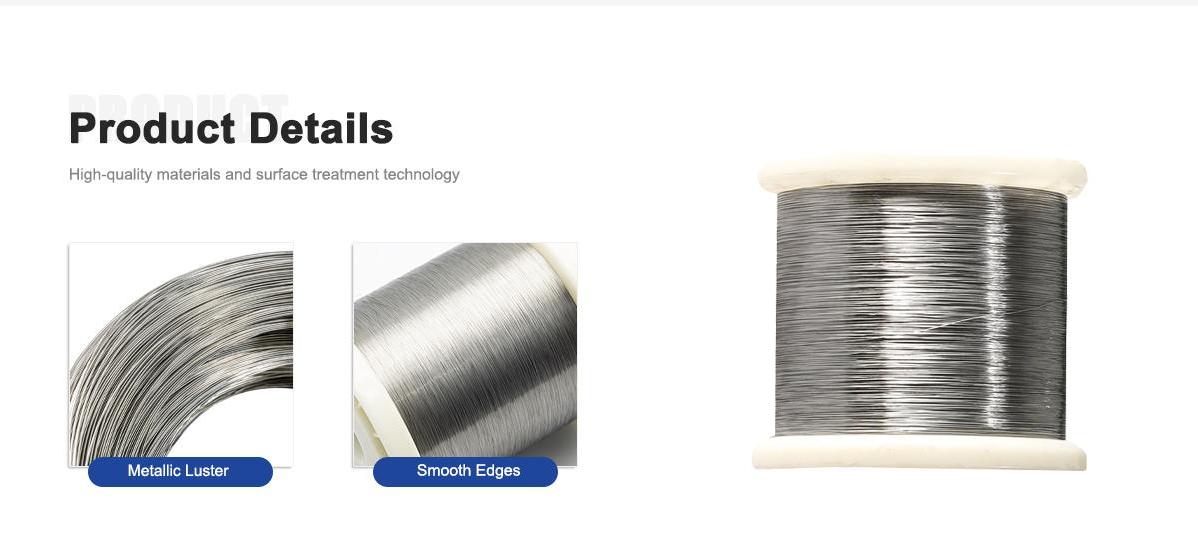
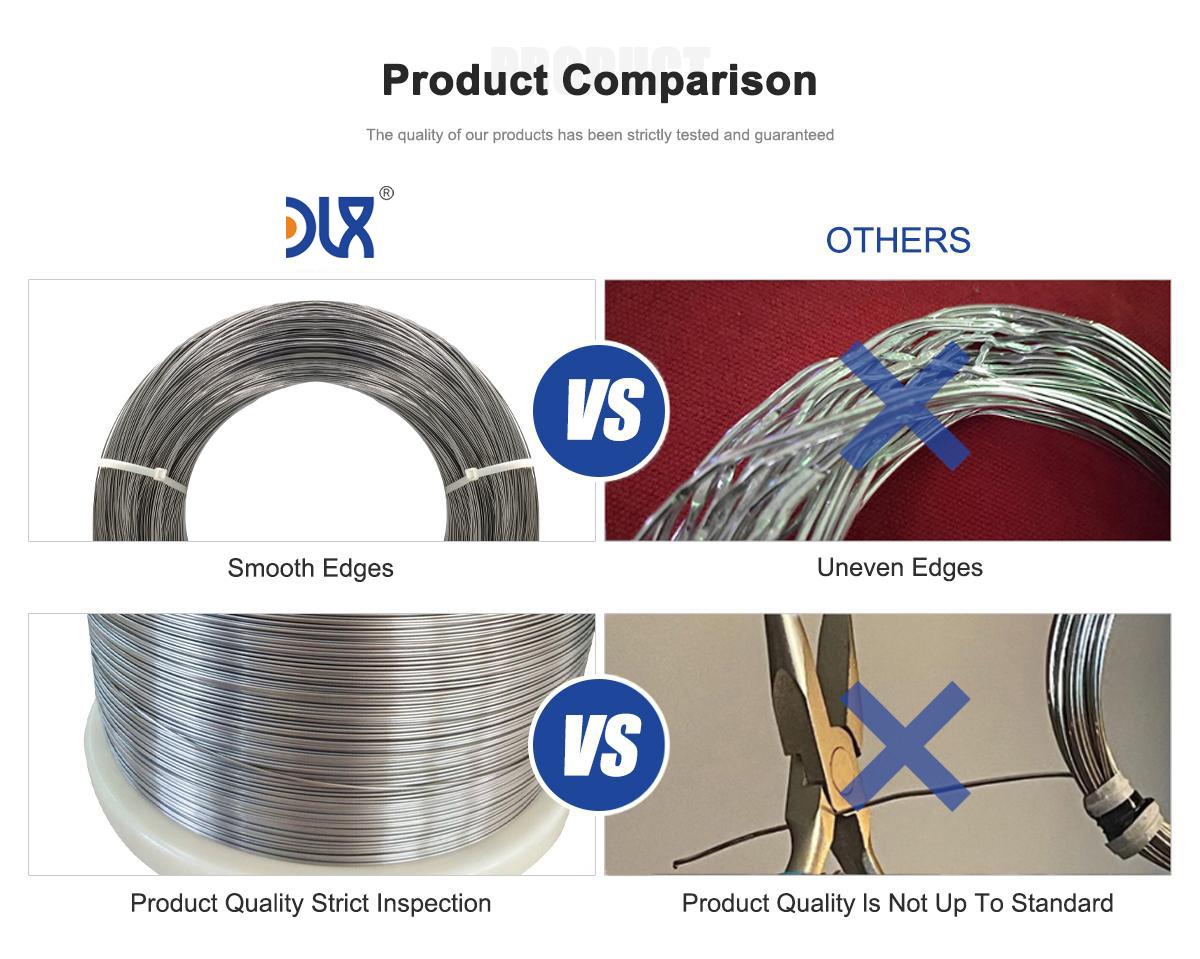

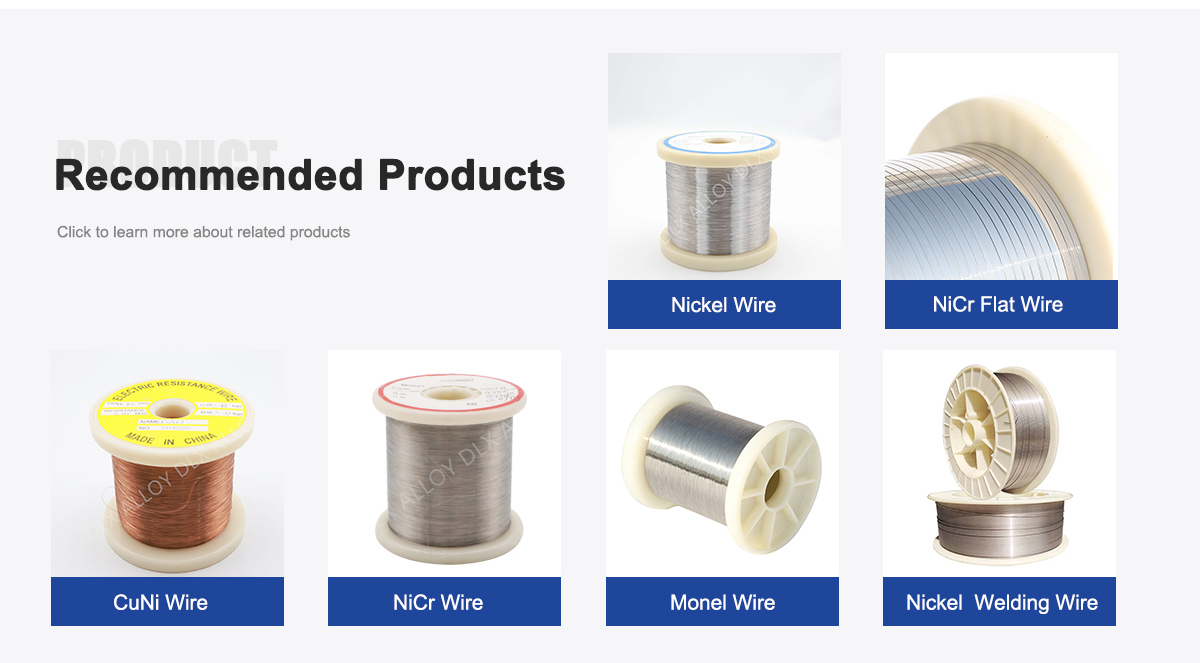
Our 12,000㎡ factory is equipped with complete capabilities for research, production, testing, and packaging. We strictly adhere to ISO 9001 standards in our production processes, with an annual output of 1,200 tons. This ensures that we meet both quantity and quality demands. Furthermore, all products undergo rigorous simulated environment testing including high temperature, high pressure, and corrosion tests before being dispatched, ensuring they meet customer specifications.For all our clients, we offer timely and multilingual after-sales support and technical consulting, helping you resolve any issues swiftly and efficiently.
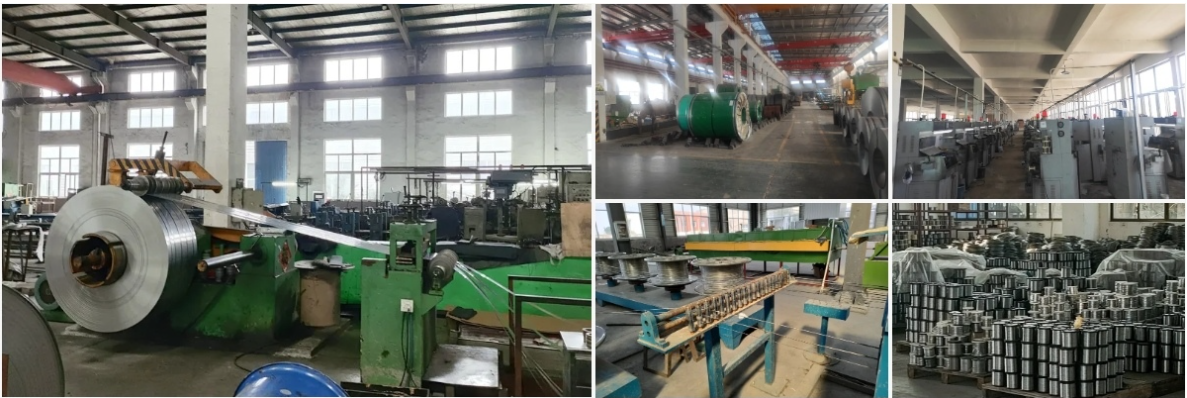
Client Visits
Building Stronger Partnerships
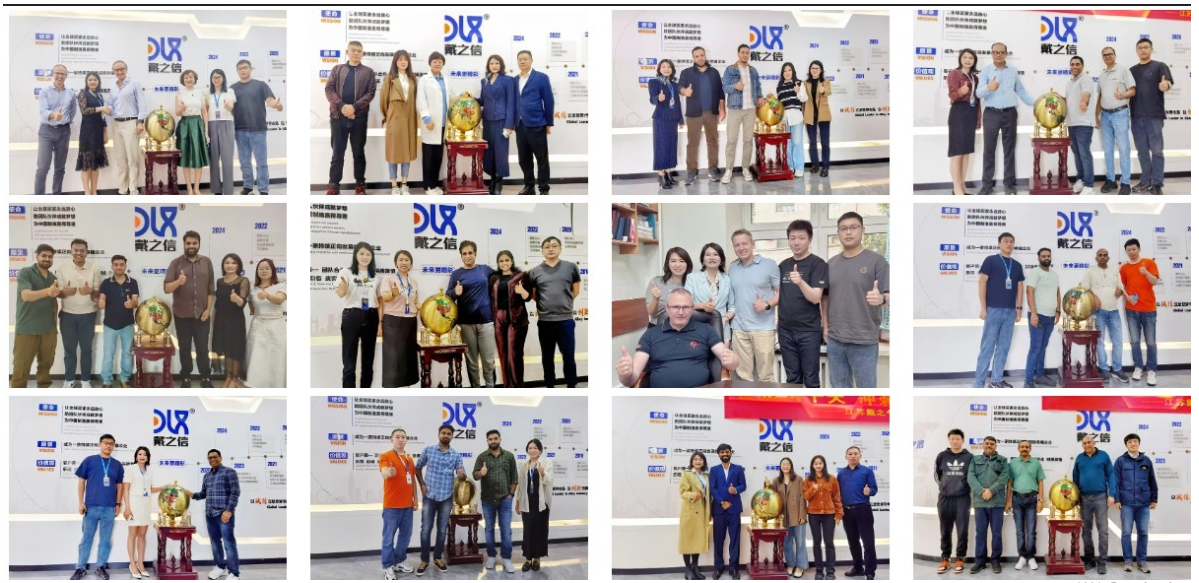
We support all kinds of testing:
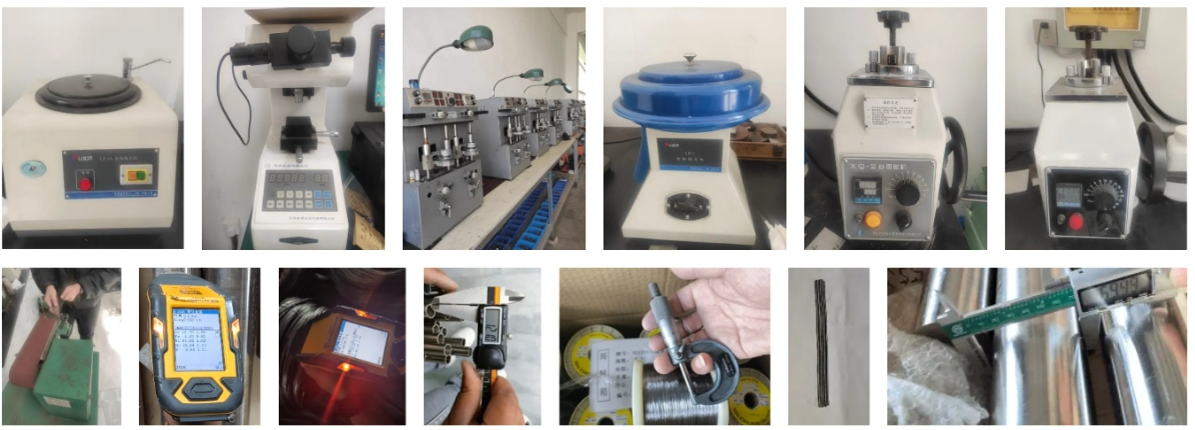

FAQs
-
What is 1Cr13Al4 alloy resistance wire made of?
It is an iron-chromium-aluminum alloy with stable resistance and high-temperature oxidation resistance. -
What industries commonly use 1Cr13Al4 resistance wire?
It is used in home appliances, industrial furnaces, metallurgy, ceramics, and glass processing. -
What is the maximum working temperature of 1Cr13Al4 alloy wire?
It can operate stably up to approximately 1250°C. -
How does 1Cr13Al4 compare to NiCr alloy wire?
It offers better oxidation resistance, higher temperature capability, and longer service life. -
Can 1Cr13Al4 resistance wire be customized?
Yes, it is available in multiple diameters, coils, straight rods, and cut lengths. -
Is 1Cr13Al4 wire energy efficient?
Yes, its resistivity allows for efficient heating with lower energy consumption. -
What is the density of this alloy?
Around 7.2 g/cm³, lighter than NiCr wires, offering design flexibility. -
Why choose DLX for 1Cr13Al4 alloy wire?
Because DLX ensures strict quality standards, precise dimensions, and global delivery support.
